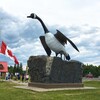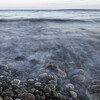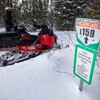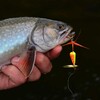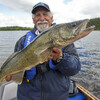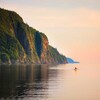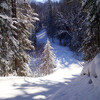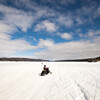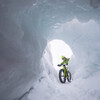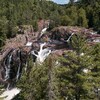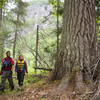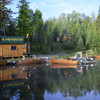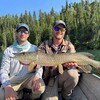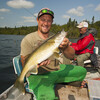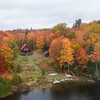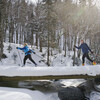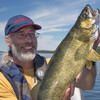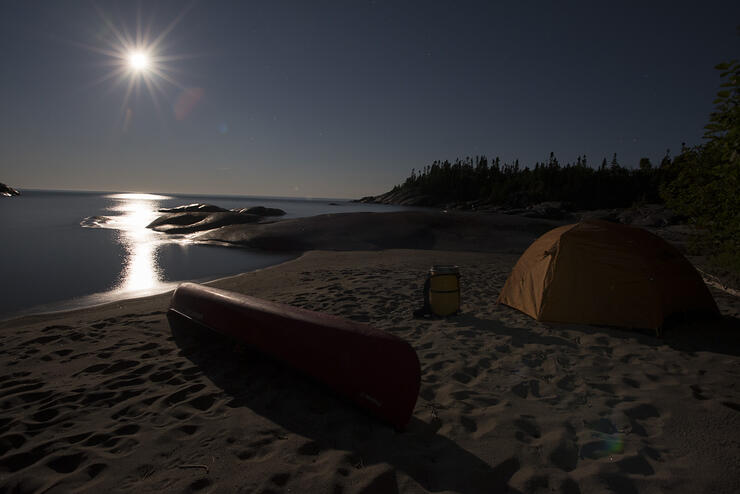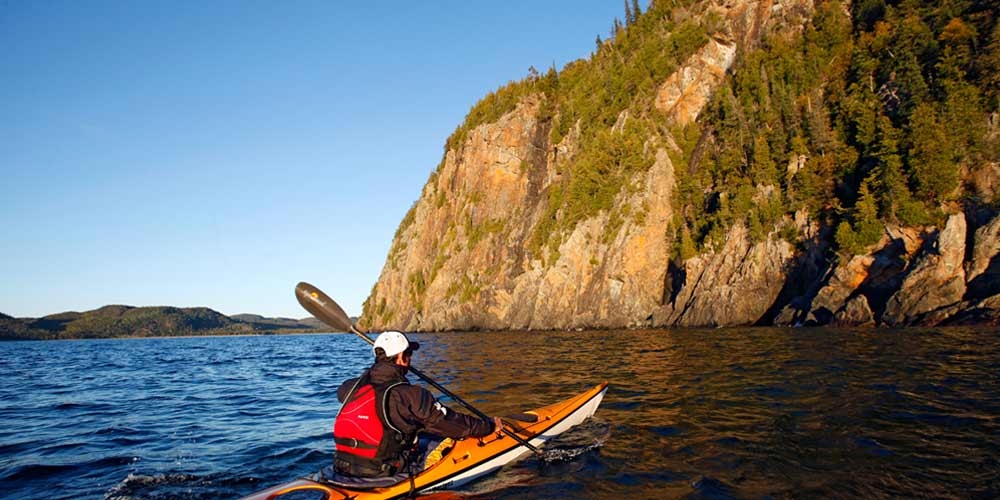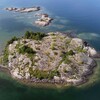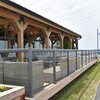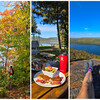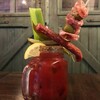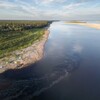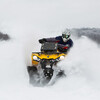
Canoeing the Coast of Lake Superior
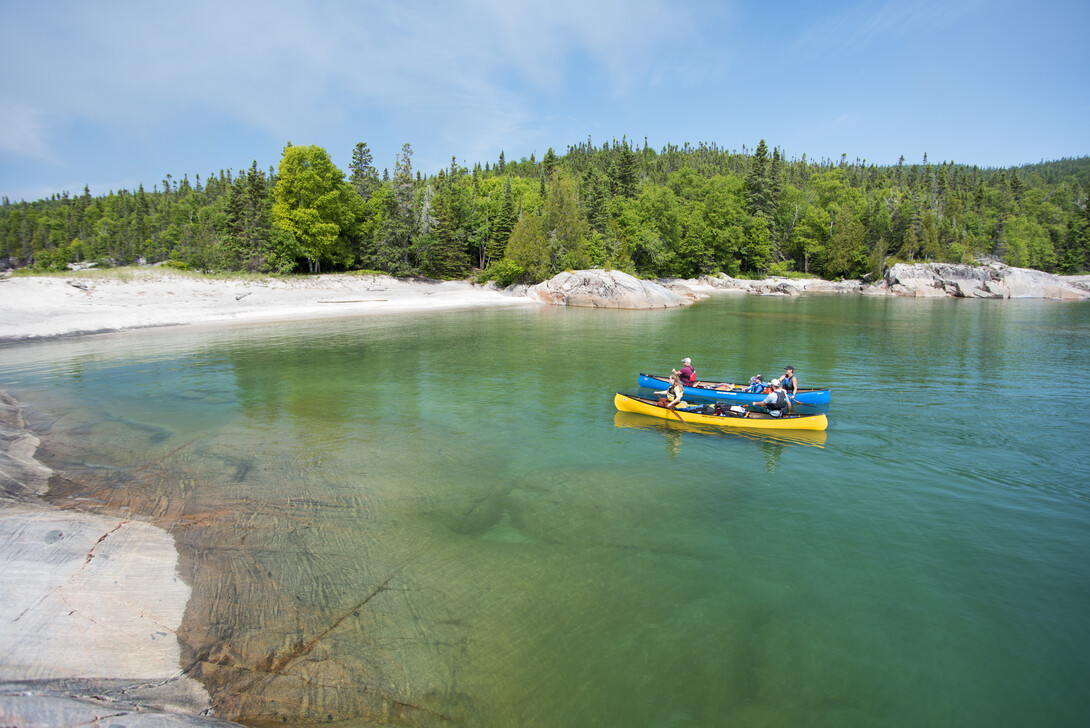
After the bow of our canoe touches the cobble beach of a sheltered cove of Lake Superior, I’m faced with the familiar decision of where to set up my evening accommodation. We’re on a five-day canoe trip on the Algoma Coast of Lake Superior and each day brings us to a different campsite cradled along the wilderness shoreline, where crystal-clear waters meet a forested edge of sand and granite.
After several days on the Big Lake it’s become a familiar scenario: late afternoon our party of six adults and two children pile out of three canoes to assess the new campsite and jockey for position. The options for pitching our tents usually include a clearing in the forest, the sand or cobble beach, or a section of flat rock. At first glance, the prospect of sleeping on the ground is not that attractive, but what I’ve come to realize is just how accommodating this rugged coastline northwest of Wawa can be.
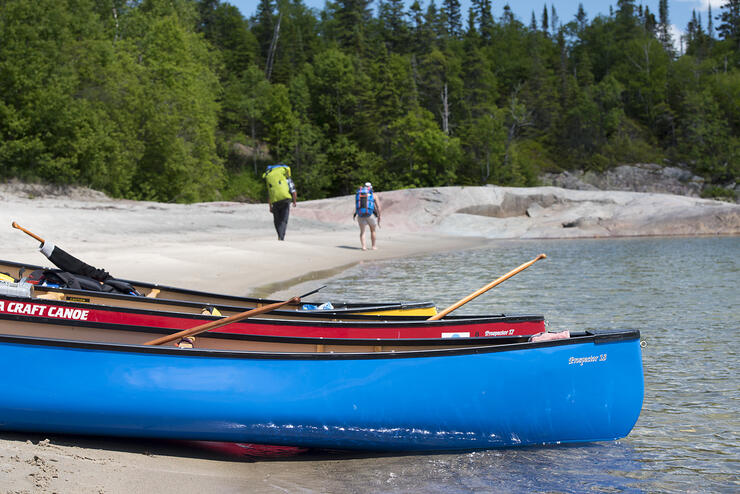
Sleep Comes Easy
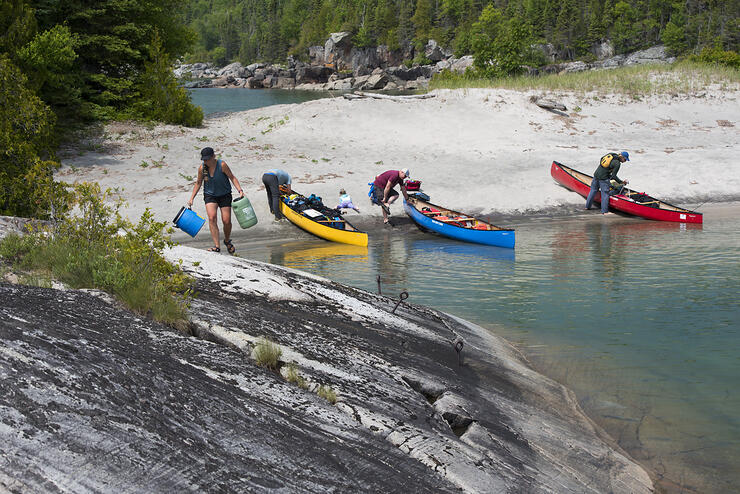
Compared to our beds at home, sleeping in a tent is arguably not the most comfortable, but just about everything else that accompanies a multi-day canoeing adventure encourages sound sleeps, including long days of exercise in the fresh air and the noises of civilization being replaced by the sound of waves lapping the shoreline. Quality equipment is important and things like a cozy sleeping bag, a tent impervious to bugs and rain, and a thick inflatable sleeping pad go a long way toward a comfortable night.
Although this trip is guided and outfitted by Naturally Superior Adventures, we are all experienced canoe trippers and we all have our own sleeping gear. We are also quite spoiled because, after landing at our evening’s destination, our guide, Rupert, sets up the kitchen and begins dinner preparations while the rest of us select a place to pitch our tents and feather our nests for the night ahead. Along the cusp of Superior we are generally presented with several good tent site options:
1. The Forest Floor
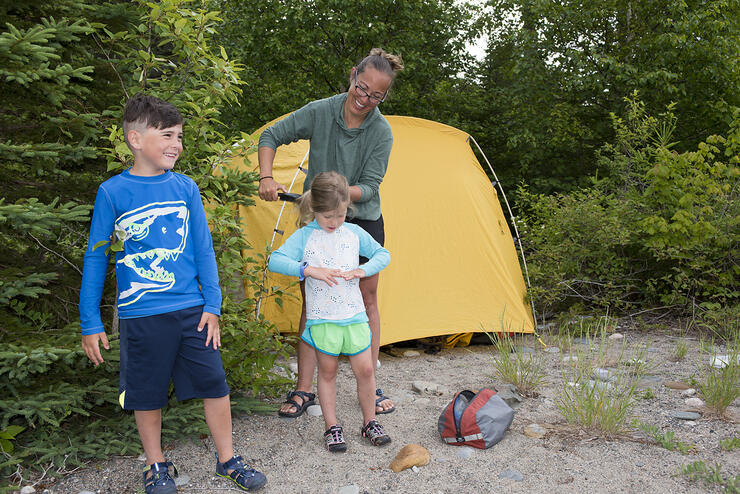
Most of the campsites along this stretch of coastline have a few spots carved out of the woods. Watch for roots and choose level ground. Lay down in the tent before staking it in position to ensure you are in the right spot. So far I’ve avoided sites in the woods because there are a few mosquitoes around but this is often the choice of Jeff and Laura and their two children, who emerge as energetic as ever in the morning.
2. The Sandy Beach

The fine sand beaches of Superior are good for more than sunbathing and swimming. They also make an excellent foundation for sleep. Choose a fairly level area well up from the shoreline in case of waves. Any lumps or depressions in the sand can be quickly levelled off. Superior’s fine sand beaches aren’t great for securing tent pegs but fortunately, we can use driftwood or rocks to secure our tent. Sand has a habit of getting into everything but it’s simply a matter of shaking out our clothes, tent and sleeping bag when packing in the morning.
3. Flat Granite Rock
Sleeping on a bed of granite may not initially sound attractive but with a sleeping pad and the abundance of sun-warmed flat rock, sleeping on a stone foundation is an excellent option. Tent pegs are useless on flat rock but we can stake out our tent using loose boulders or pieces of wood. I’m envious of Alex and Justine who chose a flat plane of granite overlooking the sheltered cove of a cobble beach on our last night of the trip.
4. The Cobble Beach
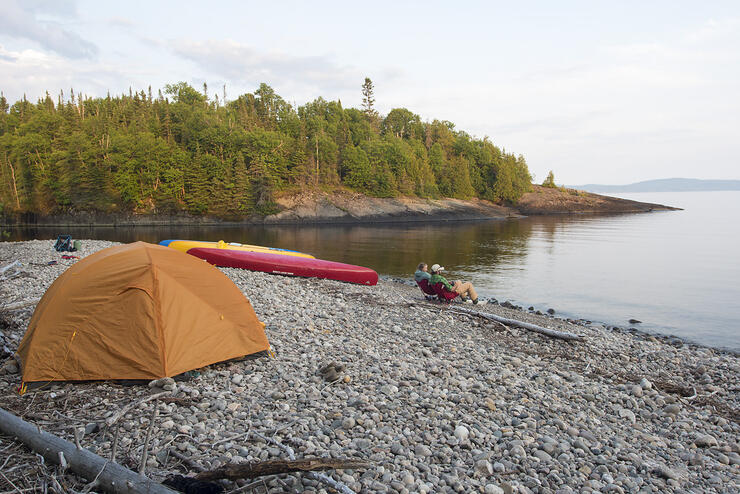
Jumbles of large round rocks look extremely uncomfortable but with a bit of engineering and a decent sleeping pad, cobble beaches are surprisingly hospitable. Look for the flattest section and discard any rocks that are sticking up prominently and fill in any depressions and gaps with other small rocks. It usually doesn’t take much work to get a uniform surface where we can unroll our sleeping pad.
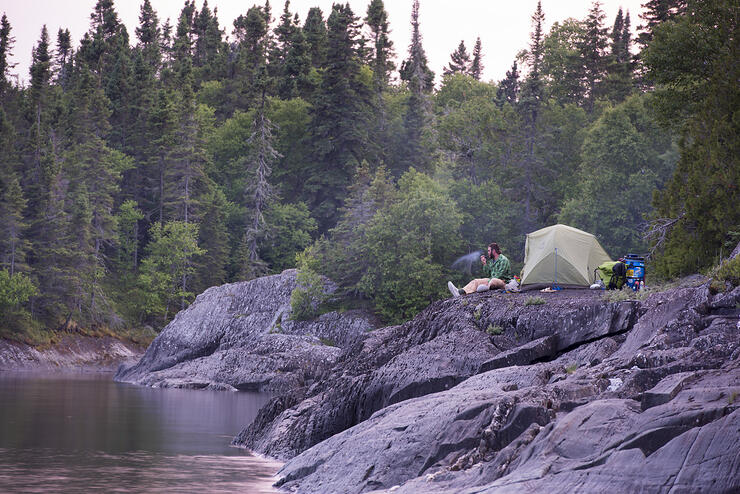
Tonight I choose the cobble beach. With Rupert tucked away in a clearing in the woods, Laura and Jeff and children on a sandy section of beach and Alex and Justine on rock, we’ve got all bases covered. When the morning sun shines down on our well-rested party, it’s clear that when paddling the Algoma Coast of Superior there really is no wrong choice of coastal accommodations.
Recommended Articles
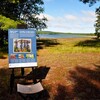
The Group of Seven in Algoma

9 Facts to Know about the Agawa Canyon Tour Train
